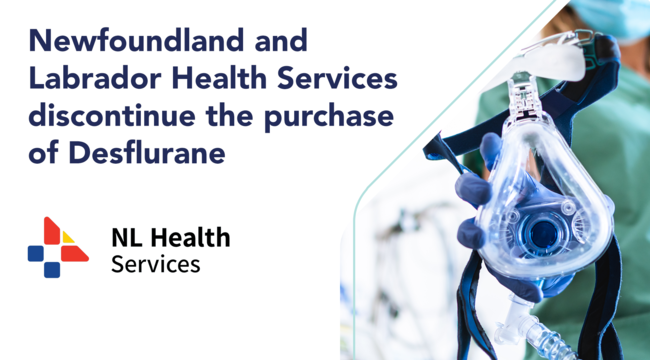HealthPRO Canada News
October 21, 2019
Hospitals across the country celebrate improvements to patient safety

“Three years ago, hospital pharmacists from across the country came together to raise awareness among pharmaceutical suppliers of what hospitals needed to help safeguard patients,” said Spencer Tuttle, Director, Lower Mainland Pharmacy Services and HealthPRO Pharmacy Advisory Council Chair. “By working directly with industry, there have been advancements in barcoding, advance notification of product changes and new products that can help mitigate the risk of medication errors and make the supply chain more efficient.”
The pan-Canadian effort was coordinated through HealthPRO, the national group purchasing organization that hospitals leverage to maximize their buying power on healthcare contracts.
“It was our honour to amplify the needs of member hospitals through the Transforming Together campaign,” says Christine Donaldson, Vice President, Pharmacy at HealthPRO. “Through the dedication of so many pharmacists and many others across the country, we have collectively moved the needle forward to improve the safety of patients.”
Successes achieved to date include: 
1. 20% increase in barcodes on a medication’s unit-of-use;
Barcodes on an injectable medication’s unit-of-use (vial, ampoule, pre-mixed bag) can help safeguard against errors at the most vulnerable stage of the medication use process – during administration to a patient. In fact, evidence shows that scan verification of the medication at the bedside can help reduce patient error in hospitals by up to 41%[1].
Prior to the launch of this campaign, many of the commercial products delivered to hospitals did have barcodes on the external packaging or box, but not on the unit-of-use, the format that would ultimately be administered to a patient. The absence of this feature critical for verification, can introduce risk and the need for hospital pharmacy staff to assume the task of creating and applying barcodes, often a manual and time-consuming undertaking.
The campaign propelled a 20% increase in barcodes on the unit-of-use by the supplier, minimizing the risk of medication errors.

2. Implemented a national protocol for the advance notification of product changes;
Hospitals are increasingly automated facility, featuring a wide array of technology from robotics, automated packaging and labelling machines, to optical verifiers and compounding pumps.
This automation is designed to enhance resource efficiencies and contribute to medication safety – however when changes are made to pharmaceutical products that interface with these technologies without sufficient notice, unexpected and sometimes serious consequences can occur, including medication errors.
To mitigate such consequences, many pharmaceutical suppliers now provide at least 60 days’ advance notice of product changes to HealthPRO, who in turn communicates them to hospitals across the country to adjust their automation protocols. This advance notification can help mitigate a cost to the system which simply cannot be measured.

3. Helped introduce 36 new commercially available medications that meet patient safety objectives
Through our collective voice, hospitals helped accelerate the development of fit-for-purpose medications to facilitate appropriate and accurate dosing. These are new products, such as lower strength medications in the actual dose required that suppliers have produced based on the specific needs of hospitals across the country which enhance patient safety and bring efficiency to the internal hospital supply chain.
HealthPRO is committed to delivering on the next level of success for its patients. This fall, HealthPRO hosted another event which brought over 200 representatives from pharmaceutical companies and hospitals together. This time, the challenge was — how do we strengthen the health of our Canadian drug supply chain and minimize drug shortages?
This is a complex, global problem, but the ideas discussed in this most recent collaboration have potential to help us move forward.
_______________________________________________________
[1] Poon EG et al. Effect of Bar Code Technology on the Safety of Medication Administration. N Eng J Med 2010; 362:1698-1707)


